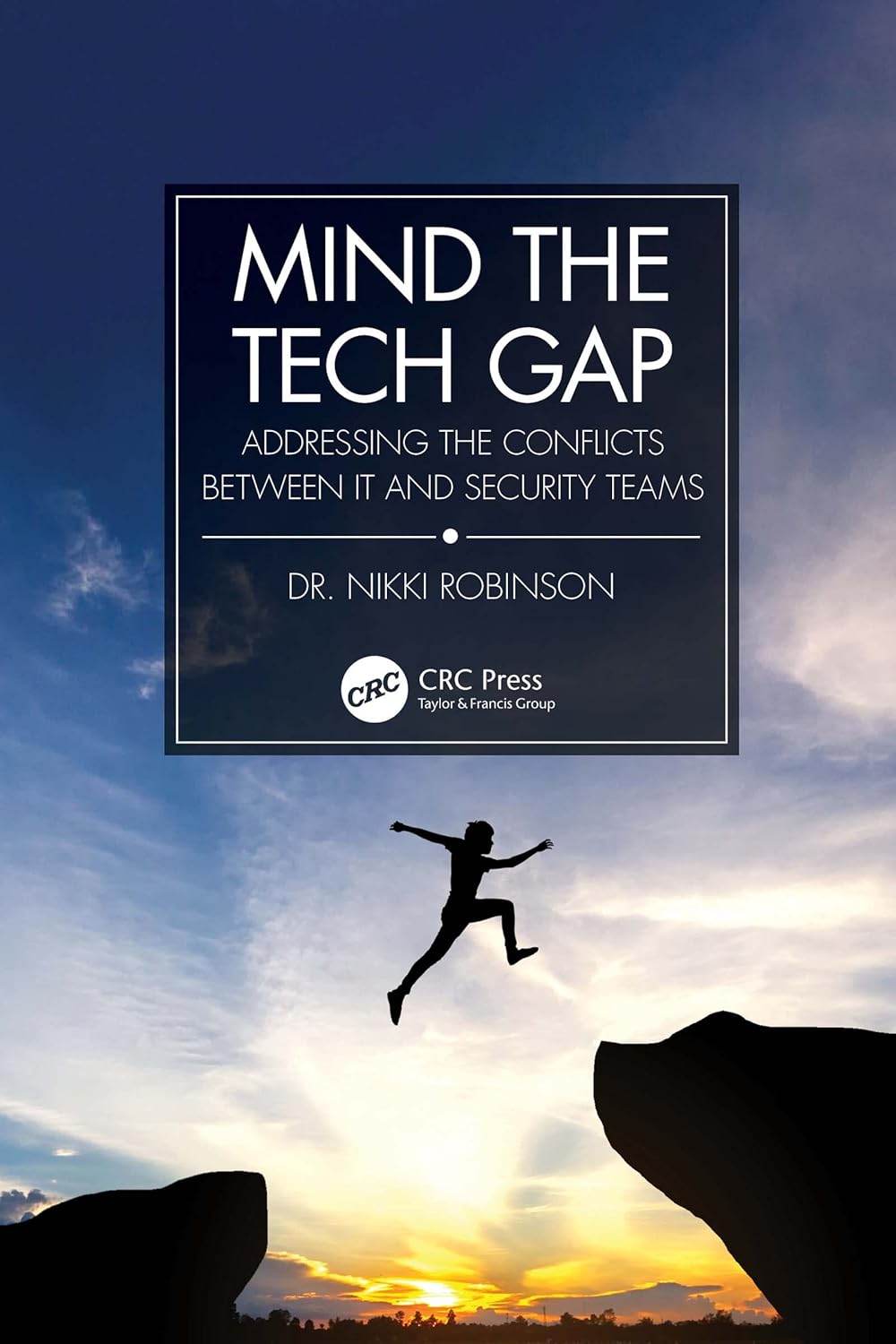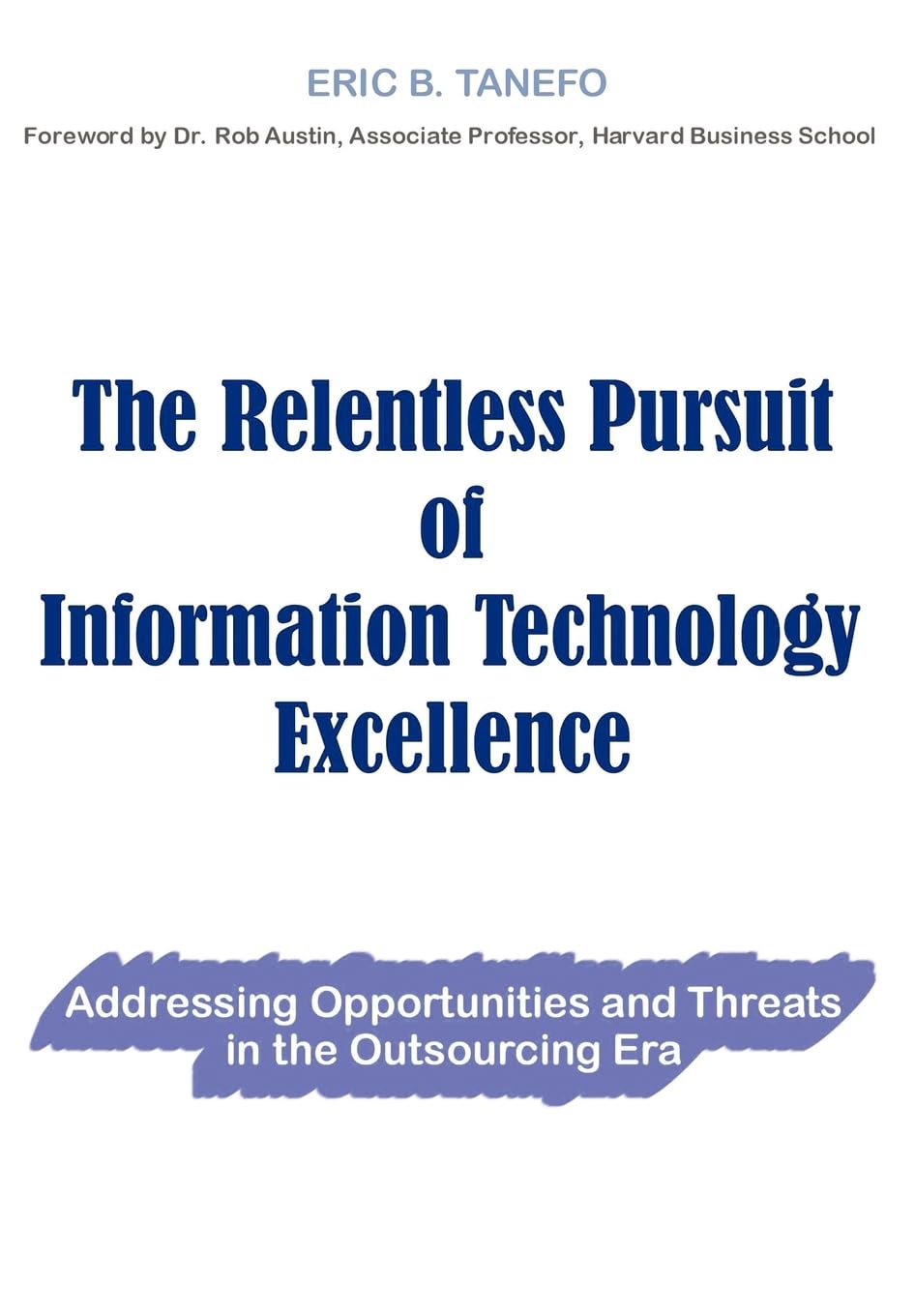Your cart is currently empty!
Tag: Addressing

Addressing Common Data Center Challenges: Tips for Successful Problem Management
Data centers are the backbone of modern businesses, providing the infrastructure and resources needed to store, manage, and process vast amounts of data. However, managing a data center comes with its own set of challenges, from ensuring uptime and availability to dealing with security threats and capacity constraints. In order to successfully address these challenges, it is important for data center managers to implement effective problem management strategies.One common challenge that data centers face is downtime, which can be caused by a variety of factors such as hardware failures, power outages, or network issues. To minimize downtime and ensure high availability, data center managers should regularly monitor their infrastructure and systems, as well as implement redundancy and failover mechanisms. Additionally, having a proactive maintenance schedule and conducting regular audits can help identify potential issues before they result in downtime.
Another challenge that data centers often face is capacity constraints, as the demand for data storage and processing power continues to grow. To address this challenge, data center managers should regularly assess their capacity needs and plan for future growth. This may involve upgrading hardware, expanding storage capacity, or implementing virtualization technologies to optimize resource utilization. By staying ahead of capacity constraints, data centers can ensure that they have the resources needed to support their operations.
Security is also a major concern for data centers, as they store sensitive and valuable information that can be targeted by cybercriminals. To address security challenges, data center managers should implement robust security measures such as firewalls, intrusion detection systems, and encryption technologies. Regular security audits and penetration testing can help identify vulnerabilities and weaknesses in the data center’s defenses, allowing for timely remediation.
In order to effectively address these common data center challenges, it is important for data center managers to implement a structured problem management process. This process should involve identifying and prioritizing issues, investigating root causes, and implementing solutions to prevent recurrence. By following a systematic problem management approach, data center managers can improve the overall reliability and performance of their data center operations.
In conclusion, addressing common data center challenges requires a proactive and strategic approach. By implementing effective problem management strategies, data center managers can minimize downtime, optimize capacity utilization, and enhance security to ensure the continued success of their data center operations. By staying ahead of these challenges, data centers can meet the growing demands of their business and provide a reliable and secure infrastructure for their data storage and processing needs.

Addressing Challenges and Ensuring Continuity in Data Center Operations
Data centers are the backbone of modern businesses, providing the infrastructure needed to store, manage, and process vast amounts of data. However, with the increasing reliance on digital technologies, data centers are facing a number of challenges that threaten their ability to operate efficiently and effectively. In order to ensure continuity in data center operations, it is essential to address these challenges head-on and implement strategies to mitigate their impact.One of the biggest challenges facing data centers today is the increasing demand for storage and processing power. As businesses collect and analyze more data than ever before, data centers must constantly expand their capacity to keep up with this growing demand. This can be a costly and time-consuming process, requiring investments in new hardware, software, and infrastructure. To address this challenge, data center operators must carefully plan for future growth and scalability, ensuring that their facilities can accommodate the increasing workload without sacrificing performance or reliability.
Another challenge facing data centers is the risk of downtime and service interruptions. Data centers are highly complex environments, with numerous components and systems working together to ensure the smooth operation of critical business applications. Any disruption to these systems can have a significant impact on business operations, leading to lost revenue, damaged reputation, and potential regulatory penalties. To mitigate this risk, data center operators must implement robust disaster recovery and business continuity plans, ensuring that they can quickly recover from any unexpected downtime and minimize the impact on their business.
Security is also a major concern for data centers, as they store and process sensitive and confidential information for their clients. With the increasing threat of cyber attacks and data breaches, data center operators must take proactive measures to protect their facilities from unauthorized access and malicious activity. This includes implementing strong access controls, encryption protocols, and monitoring systems to detect and respond to any security incidents. By investing in robust security measures, data center operators can safeguard their clients’ data and maintain the trust and confidence of their customers.
Finally, data centers must also address the challenge of environmental sustainability. As energy consumption and carbon emissions continue to rise, data centers are under increasing pressure to reduce their environmental impact and operate in a more sustainable manner. This includes implementing energy-efficient technologies, such as virtualization and cloud computing, to reduce power consumption and carbon footprint. Data center operators must also consider the use of renewable energy sources and carbon offset programs to minimize their environmental impact and contribute to a more sustainable future.
In conclusion, data centers face a number of challenges in ensuring continuity in their operations, from managing increasing demand for storage and processing power to mitigating the risk of downtime and security breaches. By addressing these challenges proactively and implementing robust strategies to mitigate their impact, data center operators can ensure the smooth and efficient operation of their facilities, providing critical support for modern businesses in an increasingly digital world.

Mind the Tech Gap: Addressing the Conflicts between IT and Security Teams (ISSN)
Price: $21.00
(as of Dec 16,2024 03:57:36 UTC – Details)
ASIN : B0BB138QSN
Publisher : CRC Press; 1st edition (October 5, 2022)
Publication date : October 5, 2022
Language : English
File size : 2887 KB
Simultaneous device usage : Up to 4 simultaneous devices, per publisher limits
Text-to-Speech : Enabled
Screen Reader : Supported
Enhanced typesetting : Enabled
X-Ray : Not Enabled
Word Wise : Enabled
Print length : 214 pages
Page numbers source ISBN : 1032206160
In today’s digital age, the integration of technology and security has become increasingly important for businesses to protect their sensitive data and assets. However, there is often a significant gap between IT and security teams, leading to conflicts and inefficiencies in addressing cybersecurity threats. In this post, we will explore the challenges that arise from this gap and discuss strategies for bridging the divide to enhance overall security posture.ISSN: 2567-8374
Introduction:
The rapid pace of technological advancement has revolutionized the way businesses operate, allowing for increased efficiency and productivity. However, this digital transformation has also brought about new challenges, particularly in the realm of cybersecurity. As cyber threats become more sophisticated and prevalent, organizations must work to strengthen their defenses and safeguard their critical information.
One of the key issues that many businesses face is the disconnect between their IT and security teams. While IT teams are responsible for implementing and managing technology infrastructure, security teams are tasked with protecting against cyber threats and ensuring compliance with regulations. This separation of responsibilities can lead to miscommunication, conflicting priorities, and ultimately, gaps in security.
Challenges:
The divide between IT and security teams can manifest in a variety of ways, creating obstacles to effective cybersecurity management. Some of the common challenges include:
1. Lack of communication: IT and security teams may operate in silos, with limited interaction and collaboration. This can result in a lack of understanding of each other’s roles and responsibilities, leading to misaligned priorities and strategies.
2. Competing interests: IT teams are often focused on maintaining system availability and performance, while security teams prioritize risk mitigation and threat prevention. These differing objectives can create tension and hinder cooperation between the two groups.
3. Limited resources: Both IT and security teams face resource constraints, such as budget and staffing limitations. Without adequate support, teams may struggle to implement comprehensive security measures and respond effectively to incidents.
Strategies for Bridging the Gap:
To address the conflicts between IT and security teams and enhance overall cybersecurity posture, organizations can take several proactive steps:
1. Foster collaboration: Encourage regular communication and collaboration between IT and security teams to promote mutual understanding and alignment of goals. Establish cross-functional working groups or committees to facilitate coordination on security initiatives.
2. Establish a common language: Develop shared terminology and metrics to bridge the gap between IT and security teams. This can help streamline communication and ensure that both groups are working towards the same objectives.
3. Invest in training and development: Provide training and professional development opportunities for IT and security team members to enhance their technical skills and cybersecurity knowledge. Encourage cross-training to build a more versatile and knowledgeable workforce.
4. Implement integrated tools and processes: Deploy security technologies that integrate seamlessly with existing IT infrastructure to streamline operations and improve visibility into security threats. Automate routine tasks to free up resources for more strategic initiatives.
Conclusion:
The collaboration between IT and security teams is essential for effectively managing cybersecurity risks and protecting organizational assets. By addressing the conflicts and gaps between these two groups, businesses can enhance their security posture and better defend against evolving cyber threats. By fostering communication, establishing common goals, investing in training, and implementing integrated tools, organizations can bridge the tech gap and build a more resilient security framework.
ISSN: 2567-8374
#Mind #Tech #Gap #Addressing #Conflicts #Security #Teams #ISSN
Addressing Data Center Problems: A Comprehensive Guide to Problem Management
Data centers are the backbone of modern technology, serving as the central hub for storing, processing, and managing vast amounts of data. However, like any complex system, data centers are not immune to problems and challenges that can impact their performance and reliability. From power outages and cooling failures to network disruptions and hardware malfunctions, there are a variety of issues that can arise in a data center environment.To ensure the smooth operation of a data center and minimize downtime, it is essential to have a comprehensive problem management strategy in place. By proactively identifying and addressing potential issues, organizations can prevent problems from escalating and causing major disruptions to their operations. In this guide, we will explore some common data center problems and provide practical tips for effectively managing them.
Power Outages
Power outages are a major concern for data centers, as they can lead to data loss, system crashes, and downtime. To address this issue, organizations should invest in reliable backup power systems, such as uninterruptible power supplies (UPS) and generators, to ensure continuous operation in the event of a power failure. Regular maintenance and testing of these systems are also essential to ensure they are functioning properly when needed.
Cooling Failures
Proper cooling is crucial for maintaining the optimal temperature and humidity levels in a data center. Cooling failures can result in overheating, which can damage equipment and lead to system failures. To prevent this issue, organizations should implement a robust cooling system with redundant components to provide backup in case of a failure. Additionally, regular monitoring of temperature and humidity levels can help identify potential cooling problems before they escalate.
Network Disruptions
Network disruptions can disrupt communication between servers, storage devices, and other components in a data center, leading to performance issues and downtime. To address this problem, organizations should implement redundant network connections and switches to ensure high availability and reliability. Monitoring tools can also help identify network issues and troubleshoot them quickly before they impact operations.
Hardware Malfunctions
Hardware malfunctions, such as disk failures, memory errors, and CPU issues, can impact the performance and reliability of a data center. To address this problem, organizations should regularly monitor hardware health and performance metrics to identify potential issues early on. Implementing a proactive maintenance schedule and having spare parts on hand can help minimize downtime caused by hardware failures.
Conclusion
Managing data center problems requires a proactive and comprehensive approach to ensure the smooth operation of critical IT infrastructure. By implementing reliable backup systems, monitoring tools, and maintenance schedules, organizations can address common issues such as power outages, cooling failures, network disruptions, and hardware malfunctions effectively. By prioritizing problem management, organizations can minimize downtime, maximize uptime, and ensure the reliable operation of their data center environment.

The Role of Data Center Audits in Recognizing and Addressing Vulnerabilities
Data centers play a critical role in the operations of businesses today, housing and managing the vast amounts of data that are essential for their day-to-day functions. With the increasing reliance on data centers, ensuring their security and reliability is of paramount importance. One key way to achieve this is through regular data center audits.Data center audits are comprehensive assessments of the physical and virtual components of a data center, including its infrastructure, security protocols, and operational procedures. These audits are essential for identifying vulnerabilities and weaknesses that could potentially compromise the data center’s security and integrity.
One of the primary benefits of data center audits is their ability to uncover potential security threats and vulnerabilities. By conducting thorough assessments of the data center’s physical and virtual infrastructure, auditors can identify areas where security measures may be lacking or ineffective. This can include outdated software, inadequate access controls, or vulnerabilities in the network architecture.
Identifying and addressing these vulnerabilities is crucial for preventing data breaches and other security incidents that could have devastating consequences for a business. By conducting regular audits, organizations can stay ahead of potential threats and proactively address any weaknesses in their data center security.
In addition to identifying vulnerabilities, data center audits also play a key role in ensuring compliance with industry regulations and standards. Many industries, such as healthcare and finance, have strict data protection requirements that businesses must adhere to. By conducting audits, organizations can ensure that their data center meets these regulatory requirements and avoid costly fines or penalties for non-compliance.
Overall, data center audits are an essential tool for businesses looking to protect their valuable data and ensure the security and reliability of their operations. By identifying vulnerabilities and weaknesses, organizations can take proactive steps to address these issues and strengthen their data center security. In today’s digital age, where data is king, investing in regular data center audits is a smart and necessary step to protect your business from potential security threats.

Mastering Versatile Skin Care: Strategies for Addressing Multiple Skin Concerns
Mastering Versatile Skin Care: Strategies for Addressing Multiple Skin ConcernsTaking care of your skin can sometimes feel like a never-ending battle, especially when you have multiple skin concerns to address. Whether you’re dealing with acne, dryness, aging, or hyperpigmentation, it can be overwhelming to figure out the best way to care for your skin. However, with the right approach and the right products, you can effectively address multiple skin concerns and achieve healthy, radiant skin.
One of the key strategies for mastering versatile skin care is to tailor your skincare routine to address each of your specific concerns. This means using products that target each issue individually, rather than trying to find a one-size-fits-all solution. For example, if you’re dealing with acne and dryness, you may want to use a gentle cleanser that helps to clear up breakouts without stripping your skin of its natural oils, followed by a hydrating moisturizer to combat dryness.
Another important aspect of versatile skin care is understanding the ingredients in your skincare products and how they can benefit your skin. For example, ingredients like salicylic acid and benzoyl peroxide are effective for treating acne, while hyaluronic acid and ceramides are great for hydrating dry skin. By choosing products with targeted ingredients, you can effectively address multiple skin concerns without overwhelming your skin.
In addition to using targeted products, it’s also important to pay attention to your skincare routine and make sure you’re using the right products in the right order. For example, you should cleanse your skin first to remove dirt and oil, followed by a toner to balance your skin’s pH levels, then apply serums and treatments to address specific concerns, and finish with a moisturizer to lock in hydration. By following a consistent skincare routine and using the right products in the right order, you can effectively address multiple skin concerns and achieve healthy, glowing skin.
Lastly, don’t forget the importance of protecting your skin from the sun. UV rays can exacerbate many skin concerns, including acne, hyperpigmentation, and aging. Make sure to use a broad-spectrum sunscreen with at least SPF 30 every day, even when it’s cloudy or rainy. This will help to protect your skin from sun damage and prevent further skin concerns from developing.
In conclusion, mastering versatile skin care requires a combination of targeted products, understanding ingredients, following a consistent skincare routine, and protecting your skin from the sun. By taking a holistic approach to caring for your skin and addressing each of your specific concerns, you can achieve healthy, radiant skin that looks and feels its best. With the right strategies and products, you can conquer multiple skin concerns and confidently put your best face forward.

Achieving Versatile Skin Care: Strategies for Addressing Acne, Aging, and Everything in Between
When it comes to skincare, one size does not fit all. Every person has different skin concerns and needs, making it important to have a versatile skincare routine that can address a variety of issues such as acne, aging, and everything in between.Acne, one of the most common skin concerns, can be a source of frustration and embarrassment for many people. It is important to have a skincare routine that targets acne-prone skin without being too harsh or stripping the skin of its natural oils. Look for products that contain ingredients like salicylic acid, benzoyl peroxide, and tea tree oil, which can help to unclog pores, reduce inflammation, and kill acne-causing bacteria. It is also important to keep the skin clean and hydrated, as dry skin can exacerbate acne.
As we age, our skin undergoes changes that can lead to wrinkles, fine lines, and sagging. To combat these signs of aging, it is important to incorporate anti-aging products into your skincare routine. Look for products that contain ingredients like retinol, hyaluronic acid, and peptides, which can help to stimulate collagen production, improve skin elasticity, and reduce the appearance of wrinkles. It is also important to protect the skin from sun damage by using a broad-spectrum sunscreen every day.
In addition to acne and aging, many people also struggle with other skin concerns such as dryness, sensitivity, and hyperpigmentation. To address these issues, it is important to choose products that are gentle and hydrating, and that do not contain harsh ingredients that can irritate the skin. Look for products that contain ingredients like ceramides, niacinamide, and vitamin C, which can help to strengthen the skin barrier, reduce inflammation, and brighten the skin.
In order to achieve versatile skincare, it is important to listen to your skin and adjust your routine as needed. Pay attention to how your skin reacts to different products and ingredients, and make changes accordingly. It is also important to be consistent with your skincare routine, as it can take time to see results. Remember that skincare is not a one-size-fits-all solution, and what works for one person may not work for another. By being patient and diligent with your skincare routine, you can achieve healthy, radiant skin that is able to address a variety of concerns.

The Relentless Pursuit of Information Technology Excellence: Addressing Opportunities and Threats in the Outsourcing Era
Price:$29.95– $5.47
(as of Dec 02,2024 06:51:46 UTC – Details)
Publisher : iUniverse; 0 edition (August 17, 2004)
Language : English
Hardcover : 156 pages
ISBN-10 : 0595667120
ISBN-13 : 978-0595667123
Item Weight : 13.6 ounces
Dimensions : 6 x 0.5 x 9 inches
In today’s fast-paced and ever-evolving business landscape, information technology (IT) excellence is more crucial than ever before. As organizations strive to stay ahead of the competition and meet the demands of a digital world, the relentless pursuit of IT excellence has become a top priority.One of the key strategies that companies are increasingly turning to in order to achieve IT excellence is outsourcing. By outsourcing IT functions to third-party providers, organizations can tap into specialized expertise, reduce costs, and free up internal resources to focus on core business activities. However, while outsourcing offers many benefits, it also comes with its fair share of challenges and risks.
In this post, we will explore the opportunities and threats associated with outsourcing in the pursuit of IT excellence. We will discuss how organizations can leverage outsourcing to drive innovation, improve efficiency, and enhance their competitive advantage. At the same time, we will highlight the potential pitfalls of outsourcing, such as data security concerns, loss of control, and cultural differences.
Ultimately, achieving IT excellence in the outsourcing era requires organizations to carefully weigh the pros and cons of outsourcing, establish strong partnerships with reliable providers, and continuously monitor and evaluate performance to ensure that their IT functions are delivering the desired results.
Join us as we delve into the complexities of the outsourcing landscape and uncover the strategies that organizations can use to navigate this challenging terrain and achieve IT excellence in today’s digital age.
#Relentless #Pursuit #Information #Technology #Excellence #Addressing #Opportunities #Threats #Outsourcing #Era


